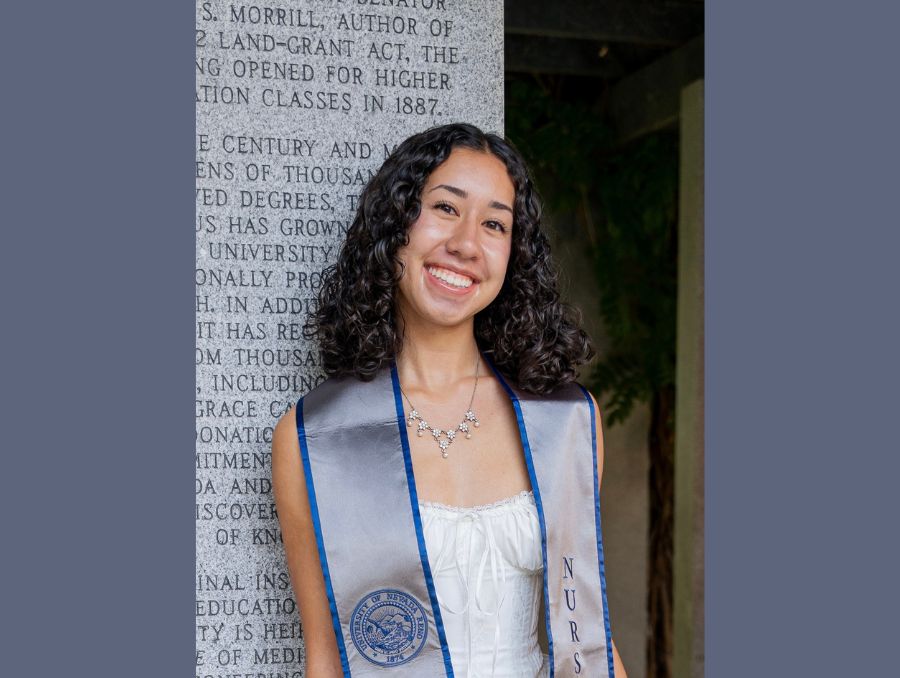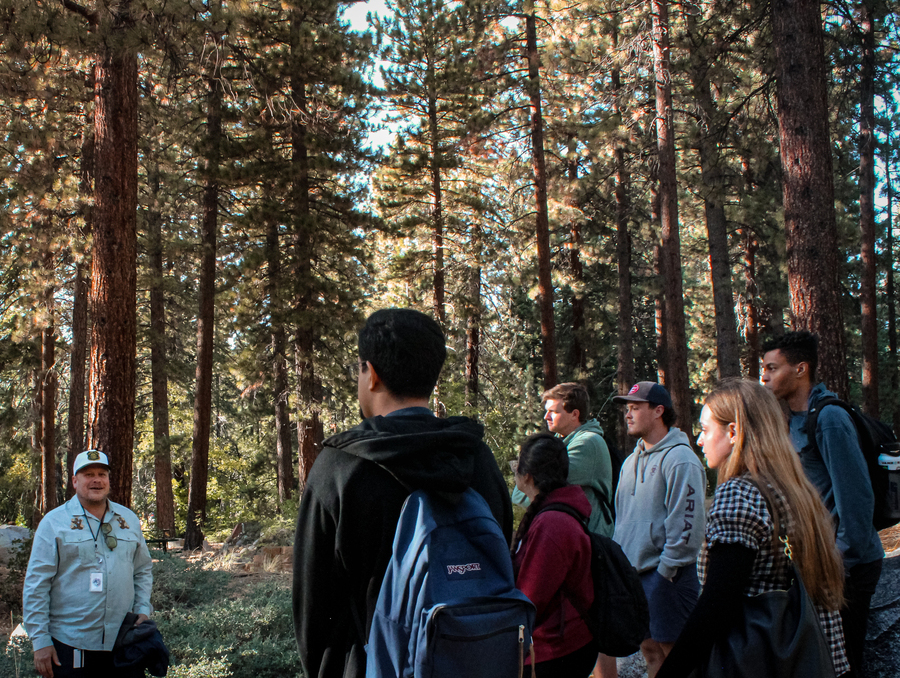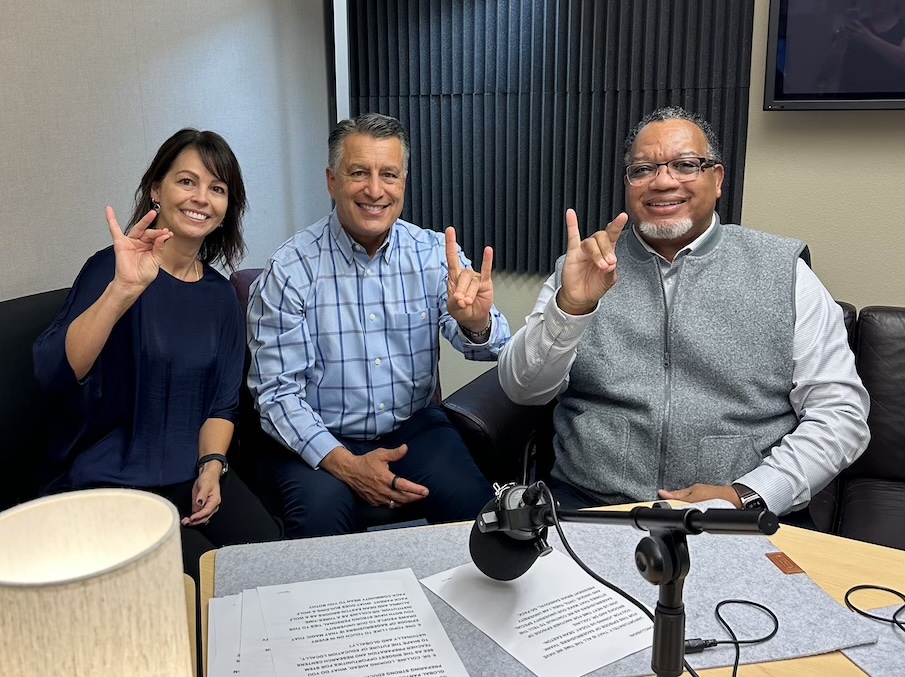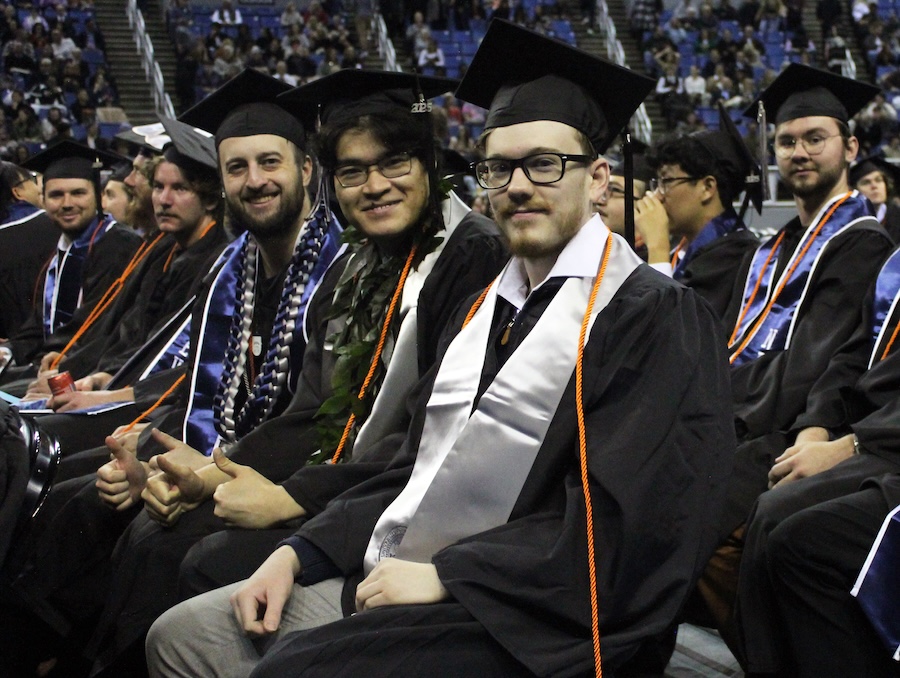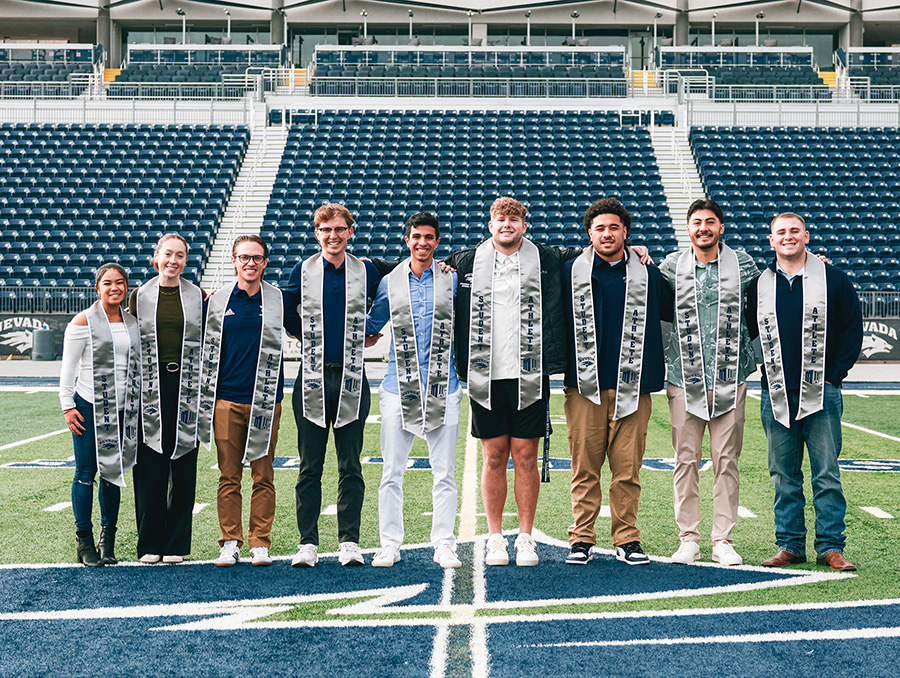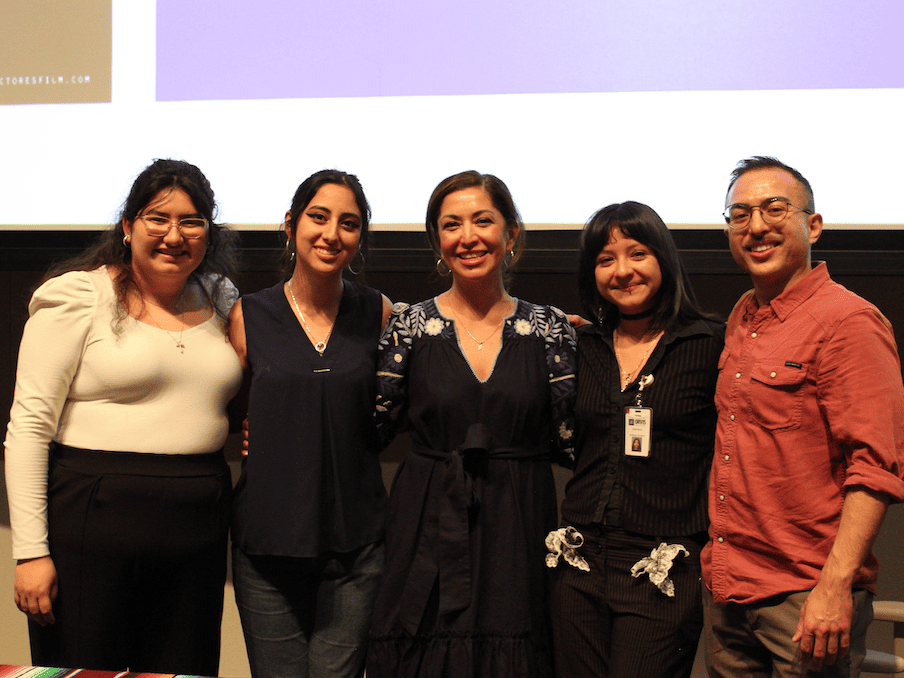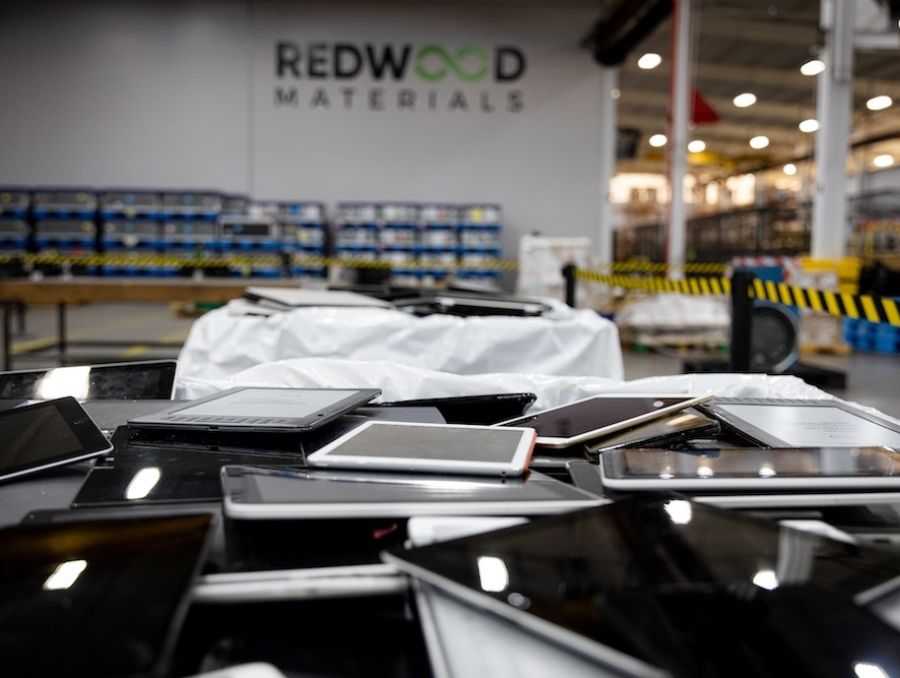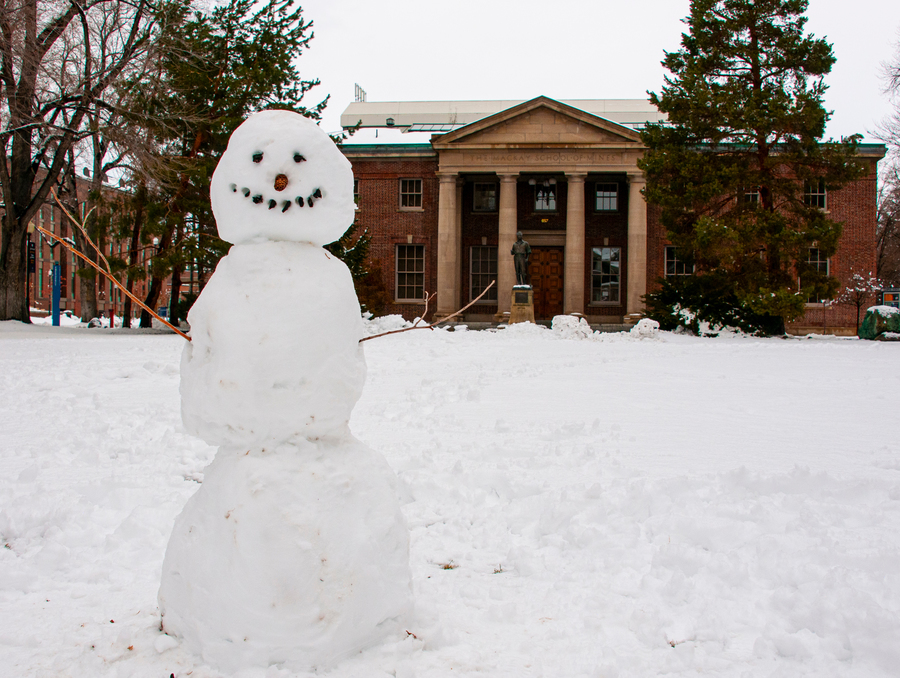The University of Nevada, Reno’s Mathewson-IGT Knowledge Center houses one of the largest, most unique collections of personal papers and business records in the state. Home to more than 200,000 photos of Nevada and the surrounding region, including the Great Basin, Lake Tahoe and the eastern side of the Sierra, Special Collections is the guardian of much of Nevada’s ethnographic and anthropologic materials.
Standing sentry at the bronze replicas of Lorenzo Ghiberti’s “Gates of Paradise” doors flanking the entrance to Special Collections is Jacque Sundstrand, University manuscripts and archives librarian and public records officer.
Preserving Regional History
“We house materials that may be in danger due to their binding, scarcity, rarity and value, or might need special handling,” Sundstrand said.
This includes Special Collections’ extensive photo collection. Binders line the shelves of the reading room, filled with photocopies of original photos. Some have been digitized and can be seen on the Special Collections Web site.
“We have every kind of photographic technique, from tintype albumen from the late 1800s to today’s digitized images,” Sundstrand said. “If they’re not born digital, we have to decide to make the more obvious and necessary items digitized, starting with popular areas like Lake Tahoe.”
Special Collections, located on the third floor of the Knowledge Center, serves as a repository for primary source materials and historical data, archived and catalogued in minute detail, for easy research access. These materials include more than 20,000 books; architectural records, including a collection of renowned Reno architect Frederic J. DeLongchamps; photos; regional maps dating from the 1840s; and manuscripts.
Manuscripts may come from a person or part of an organization or business. Articles from a person are called “papers” or “personal papers” and are normally handwritten materials including correspondence, which could be family related materials – letters from grandma, for example – and could be a mixture of published and unpublished materials. Business and organization materials are known as records.
“We also have congressional collections with government documents, environmental impact studies, professional and personal correspondence, photos, maps, architectural drawings, audio and visual, film footage…something from every decade of technological change,” Sundstrand said.
Preservation is a huge part of the work done in Special Collections.
“People’s expectations now are that everything should already be converted, on the Web with easy access, but when you’ve got [congressional] manuscript collections 800 cubic feet in size, it’s difficult to wave your magic wand until they’re done. We try to convert to newer formats, but sometimes we have to send them out which is costly to do, and the standards keep changing.”
Sundstrand said archival repositories like Special Collections are trying to maintain similar standards across the board, for example using .tif files for photographic materials, and keeping converted materials in a safe place.
Most people requesting manuscripts come from outside the campus community, usually within driving or flying distance, and many requests come by e-mail. Requests range from casual interest to authors researching their next book to information for court cases.
Materials from Special Collections are not available to be checked out. Employees of Special Collections make copies for researchers when possible. Procedures are in place to ensure security and proper handling of the delicate materials, and to avoid copyright violations.
The Public Records Role
Historical documents are not the only information Sundstrand watches over. As a state-supported entity, the University is subject to public record laws and, in 2003, the University designated Sundstrand as its public records officer to manage and track requests. Some of those requests relate to staff and faculty, and may include salary information.
“We take care with the privacy of personnel, but in cases where the information has been placed in front of the Board of Regents, it then all becomes public record,” she said. “Such information includes anything legal in nature, athletics and coaches’ contracts, reports, contracts with vendors, salary information and grant information.”
When requests come in, Sundstrand contacts the appropriate campus department that has the documentation and the information is forwarded to her, usually from the vice president level. The information is then provided to the requestor in the format in which it is maintained – it is not converted to newer formats.
Requestors fill out a form, which helps clarify the request and provides a means for tracking. Once Sundstrand receives the signed form, state law mandates that requests must be responded to in five working days. There are possible, nominal fees for requests requiring “extraordinary” use of resources or time to fulfill. Those requests include, but are not limited to searches for archived documents, redaction of confidential information and copies of electronic tapes of Board of Regents meetings, under provisions of the Nevada Public Records and Open Meeting laws.
Response may be as simple as letting the requestor know his request has been forwarded to legal counsel, to ensure privacy laws or Nevada statutes regarding certain kinds of information are met; and a new date for response is given. Sundstrand said responding within the five days is tough sometimes, especially if the request comes in on days off.
Family histories, journals, manuscripts, records and book work, including books from University of Nevada Press, set the story and the scene for researchers of all kinds. The Mathewson-IGT Knowledge Center’s Special Collections location offers temperature and humidity control for collections, a preservation lab and two enclosed rooms for viewing videos and DVDs and listening to audio tapes from the collection.
“None of these things are made with the expectation they will last forever,” Sundstrand said. “We help people utilize them in a way where the materials can continue their lives.”
